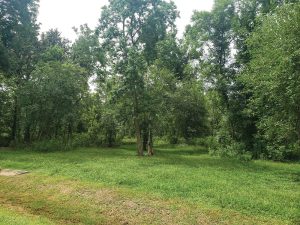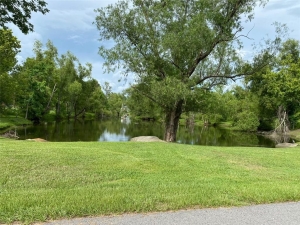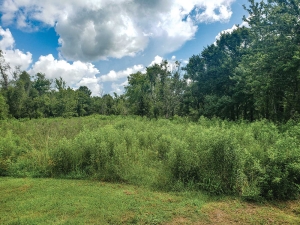Even if this is not your first time purchasing a home, you still need to stop and think before you buy. Make sure to think about your future financial and housing needs. Data from the National Association of Realtors reports that a homeowner stays in their home an average of eight years before moving on. Here are questions to think about before purchasing your first or next home.

1. What can I comfortably afford?
If you are working with a lender, they will pre-approve you for a specific loan amount. The amount will be determined by your credit score, income, assets, and debts. Remember to try and keep your total housing payment (including tax and insurance) under 28% of your gross monthly income.
2. Which loans do I qualify for?
There are many options out there when it comes to home loans and your lender will be able to sort out which loan is right for you. A conventional fixed-rate mortgage will have the same payment amount over the life of the loan, whereas an adjustable-rate mortgage (ARM) will have a variable rate that may go up or down after the initial fixed-rate period has ended. So with a 5/5 ARM , you will have a fixed rate for the first five years, then after that, your monthly payment will change.
3. How much will you need for your down payment?
Lenders love to see at least 20% of the purchase price as a downpayment so you do not have to pay PMI. Some loans such as a VA loan will allow low or no-down-payment but you will need to check with a lender to see if you qualify for a VA loan. Remember that the higher your down payment, the lower your monthly payments will be.
4. What’s PMI? Do I have to pay it?
PMI stands for private mortgage insurance and is required when your down payment is less than 20% of the home’s sale price. As stated earlier, VA loans and some other specialty options may not require a down payment.
5. What interest rate do I qualify for? How can I lower it?
Your interest rate impacts how much your monthly payments will be. The higher the interest rate, the higher your payment. Your credit score will also play a factor in determining your interest rate. A better credit score, the lower the interest rate.
6. What will my monthly payment be?
A lender can run numbers and let you give you a ballpark of what your monthly payment will be. Your payment depends on the purchase price, down payment amount and interest rate. There are also monthly mortgage payment calculators online that you can use to help you figure out your monthly payment.
7. What are closing costs?
Upfront closing costs consist of origination fees and discount points, appraisal, document preparation, title insurance and home inspection. As mentioned before, your lender can give you an estimate of your closing costs and an itemized list. There are also closing cost calculators out there which can help you with determining an estimated closing cost.
8. Is my interest rate guaranteed? When does that happen?
Interest rates are always going up or down and this can happen from the time you submit a loan application to the time you close. So if you do not want your rate to change, you can lock a rate in for a specific time period (usually 30 days).
9. Will the monthly payment include taxes and homeowners insurance?
As mentioned earlier, the majority of loans do include taxes and homeowners insurance in the monthly payment, but you can opt to pay these annually and leave them out of your loan. If you do have them added to your monthly payment, the money collected is held in escrow and your lender will pay the taxes and homeowners insurance at the end of the year.
10. How long will the closing process take?
When making an offer on a home, make sure to leave yourself enough time to get all your financing in order. This can take from 30 to 60 days to obtain a mortgage. A lender can usually help you determine how long it will take, especially when you get a pre approval letter from them.
Click Here For the Source of the Information.







